
Copernical Team
NASA Mars Ascent Vehicle continues progress toward Mars sample return
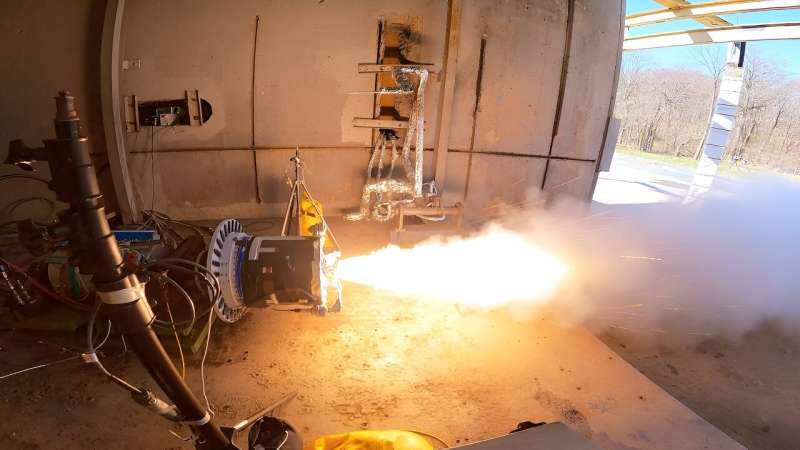
The first rocket launch from the surface of another planet will be accomplished using two solid rocket motors.
NASA's Mars Ascent Vehicle (MAV) recently reached some major milestones in support of the Mars Sample Return program.
Could aging wine become the first major space manufacturing business?
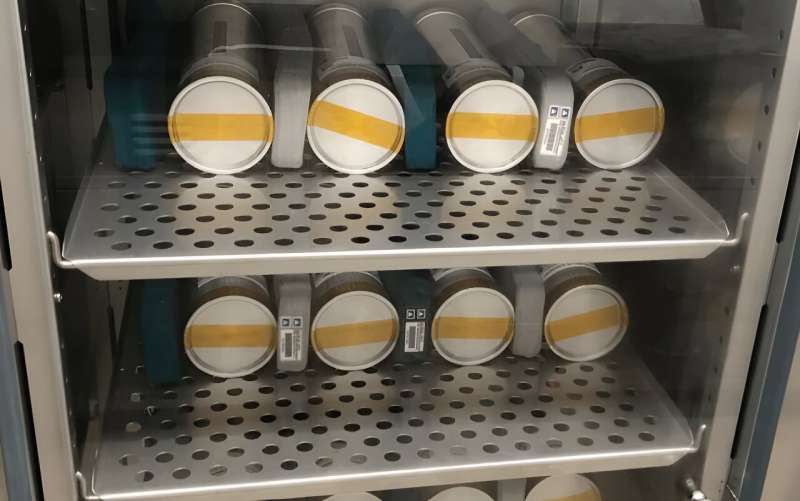
In capitalist societies, resources are primarily directed at solving problems, and one of the biggest hurdles facing space development is its ability to directly solve the problems of the majority of humanity back on Earth. So far, we've taken some cautious commercial steps, primarily through satellite monitoring and communication technologies.
Some think that space tourism is the "killer app" that will kickstart the commercialization of space. But to really have a sustainable business model, humans need to make something in space that they are unable to make on Earth. This article is the first in a series where we will look at what those possible first manufactured goods are. And in this case, the good isn't something that might immediately be thought of as high-tech.
Wine is one of humanity's oldest products. We have been drinking it for thousands of years and likely will continue to do so for thousands more.
Optimizing heat exchange flow in microgravity
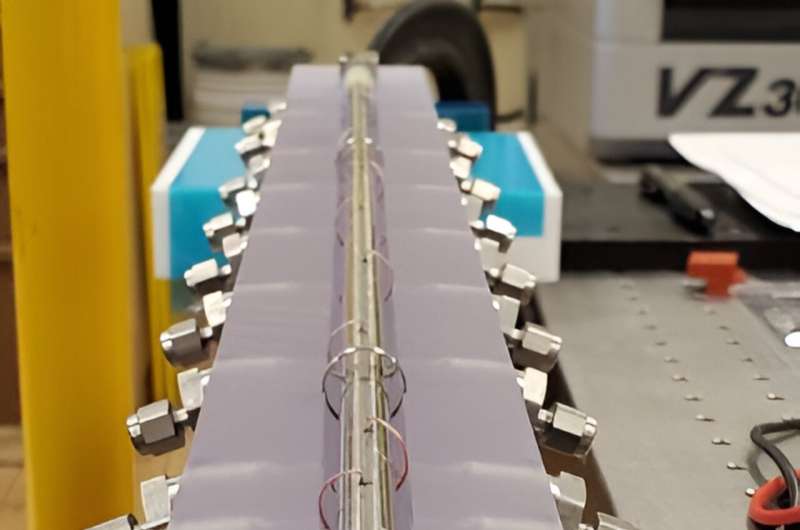
NASA listens for Voyager 2 spacecraft after wrong command cuts contact
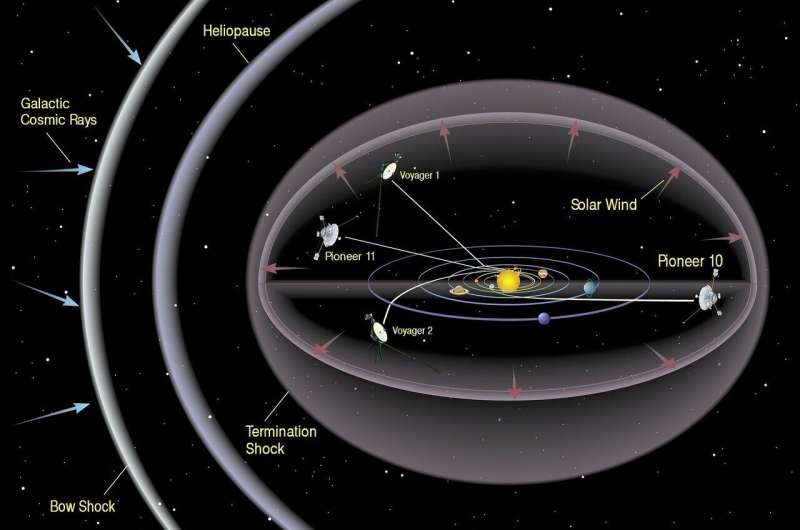
NASA is listening for any peep from Voyager 2 after losing contact with the spacecraft billions of miles away.
Hurtling ever deeper into interstellar space, Voyager 2 has been out of touch ever since flight controllers accidentally sent a wrong command more than a week ago that tilted its antenna away from Earth. The spacecraft's antenna shifted a mere 2%, but it was enough to cut communications.
Although it's considered a long shot, NASA said Monday that its huge dish antenna in Canberra, Australia, is on the lookout for any stray signals from Voyager 2, currently more than 12 billion miles (19 billion kilometers) distant. It takes more than 18 hours for a signal to reach Earth from so far away.
In the coming week, the Canberra antenna—part of NASA's Deep Space Network—also will bombard Voyager 2's vicinity with the correct command, in hopes it hits its mark, according to NASA's Jet Propulsion Laboratory, which manages the Voyager missions.
Otherwise, NASA will have to wait until October for an automatic spacecraft reset that should restore communication, according to officials.
Euclid test images tease of riches to come
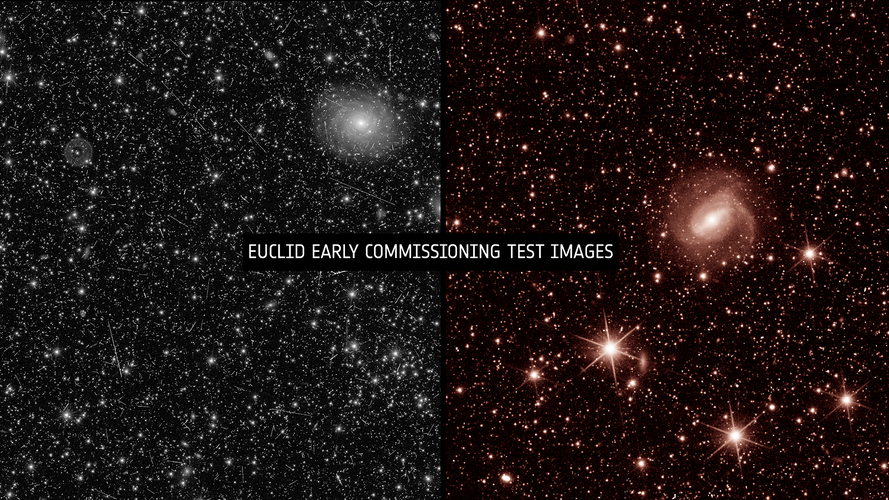
Euclid’s two instruments have captured their first test images. The mesmerising results indicate that the space telescope will achieve the scientific goals that it has been designed for – and possibly much more.
Elements: FIRE
 Video:
00:33:08
Video:
00:33:08
The summer fire season is well under way in Europe – countries all around the Mediterranean are experiencing record temperatures coupled with huge wildfires that have led to mass evacuations. In this enthralling new ESA documentary, explore how people on the frontline are using space to better monitor and fight the flames.
Follow the incredible stories of the firefighters who dealt with unprecedented fires in Gironde, France, and the forest officers using satellite data to plan for the forests’ recovery. Journey into the heart of Earth's elemental might and discover how space is changing the game for monitoring
Mystery object on Australian beach identified as part of Indian rocket

A mysterious object that washed up on an Australian beach has been identified as debris from an Indian rocket, officials said Monday.
The bulky barnacle-encrusted cylinder was first spotted in mid-July near remote Jurien Bay, a coastal region two hours' drive north of Perth in Western Australia.
Amateur sleuths speculated online that the object might have a military origin or even be linked to the disappearance of Malaysian Airlines flight MH370.
But the Australian Space Agency said it had concluded the object was "most likely" debris from an "expended third-stage of a Polar Satellite Launch Vehicle".
The medium-lift launch vehicle is operated by the Indian Space Research Organization, the agency added.
The object, which measures some two meters (six feet) high and has cables dangling from the top, is being kept in storage.
Meanwhile, officials from both countries are working together to "provide further confirmation to determine next steps, including considering obligations under the United Nations space treaties", the Australian Space Agency said.
It is not the first time Australia has found itself a landing ground for space junk—last August, a sheep farmer in New South Wales found a charred chunk from one of Elon Musk's SpaceX missions jutting out of his paddock.
Beam-hopping JoeySat passes in-orbit tests

An advanced broadband satellite providing high-speed internet services that demonstrate next-generation 5G connectivity has passed its initial in-orbit tests.
The life and times of dust
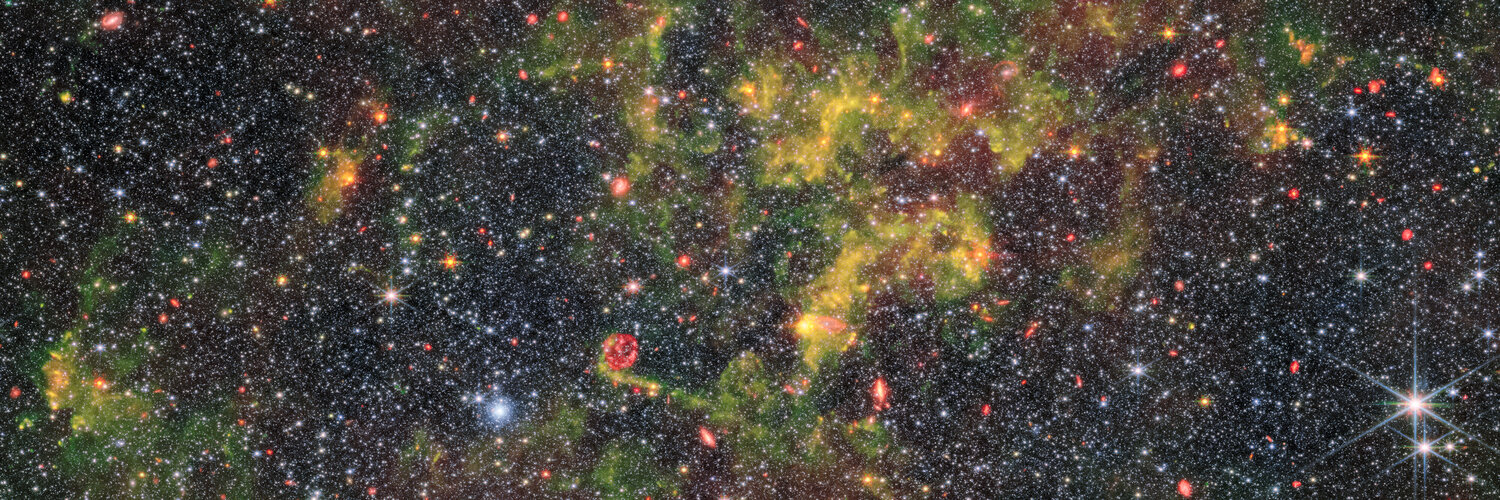 Image:
Image:
This image shows the irregular galaxy NGC 6822, which was observed by the Near-InfraRed Camera (NIRCam) and Mid-InfraRed Instrument (MIRI) mounted on the NASA/ESA/CSA James Webb Space Telescope. As their names suggest, NIRCam and MIRI probe different parts of the electromagnetic spectrum. This allows the instruments to observe different components of the same galaxy, with MIRI especially sensitive to its gas-rich regions (the yellow swirls in this image) and NIRCam suitable for observing its densely packed field of stars.
NGC 6822 lies about 1.5 million light-years away, and is the Milky Way’s nearest galactic neighbour that
SatSure Partners with Rabo Partnerships to Revolutionize Cash Flow-based Lending for Smallholder Farmers
 SatSure, a global leader in EO space data applications, is pleased to announce its partnership with Rabo Partnerships. This strategic collaboration aims to drive the access to cash-flow based lending for smallholder farmers globally. The alliance aligns with SatSure's Banking Solution, SatSure Sage, a suite of applications designed to empower lending institutions for farmer financial inclusion,
SatSure, a global leader in EO space data applications, is pleased to announce its partnership with Rabo Partnerships. This strategic collaboration aims to drive the access to cash-flow based lending for smallholder farmers globally. The alliance aligns with SatSure's Banking Solution, SatSure Sage, a suite of applications designed to empower lending institutions for farmer financial inclusion, 
